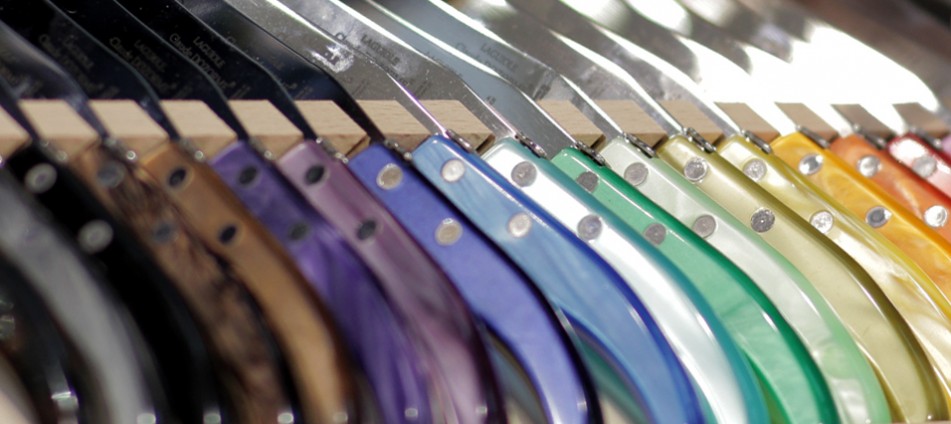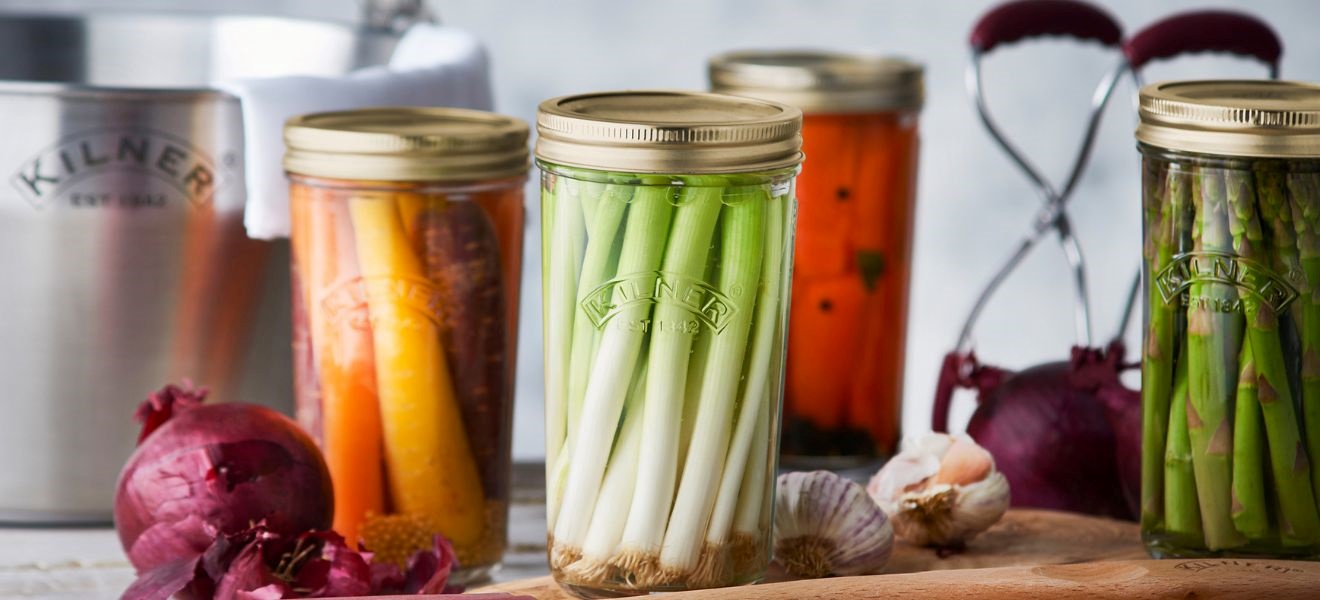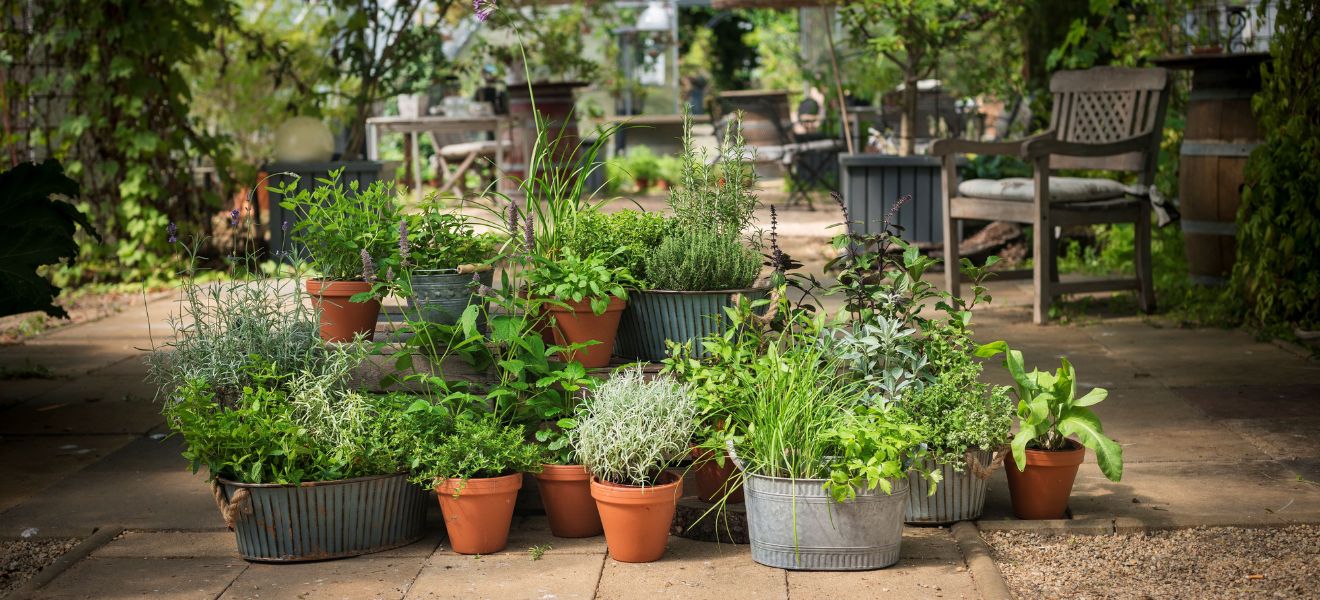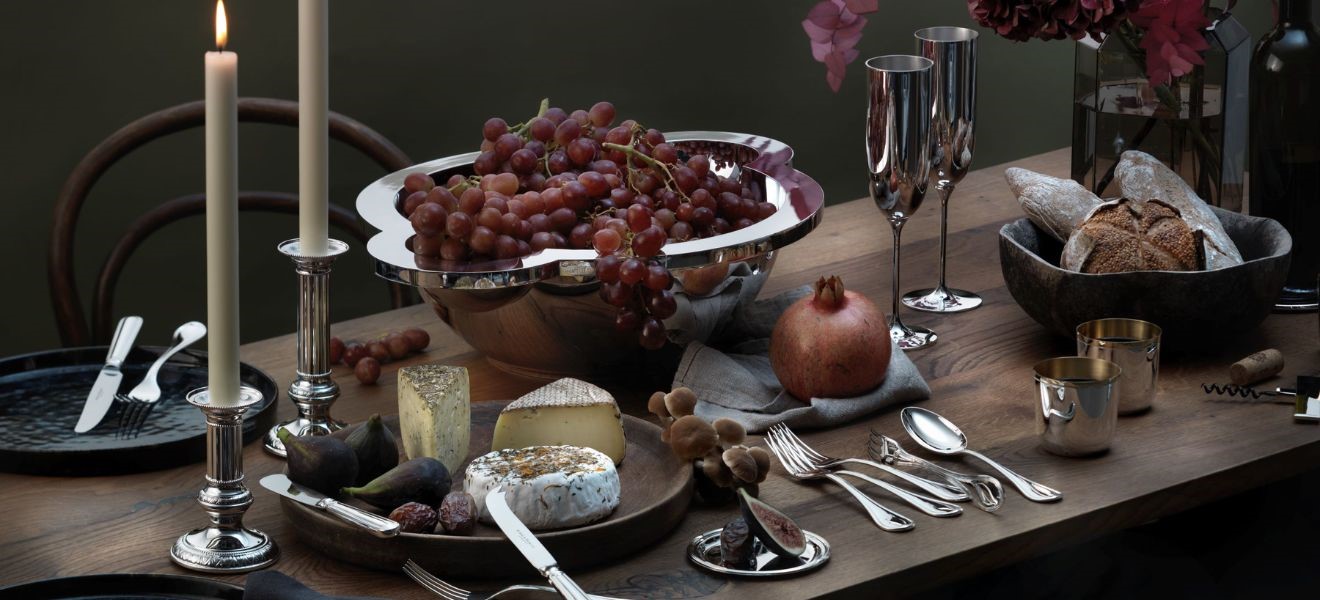The Laguiole knife from Southern France has a long and successful history. Invented over a hundred years ago, it represents the pride born of a rugged landscape. Today’s original products still give off the scent of juniper from their handle. The world’s leading trade fair Ambiente in Frankfurt offers an unrivalled platform to find out more about these legendary knives at the cutting edge of French savoir-vivre. We discovered an array of knives to help you cut your way through thick and thin. Voilà!

Legendary blade
To find out where a knife comes from, you need to look at the blade, which in the case of this slim example bore the designation ‘LOG’ (Laguiole Origine Garantie). A bee decorates the back of the knife and is part of the inimitable attraction of a Laguiole. Here is a genuine cult knife – handmade and forged, with a handle typically made from juniper. It is named after the village of Laguiole in the Auvergne, where this type of pocket knife was invented in the first third of the 19th century in a landscape of farms and cattle breeders. Itinerant workers took it from there across the whole of Europe and its popularity increased dramatically. The dagger-like knife became almost an “Auvergne passport” for the many emigrants who left the area seeking work. However, it wasn’t long before the middle classes discovered the Laguiole knife for themselves. They embellished the handle with superior woods and ivory, and added decorations such as clams and clover to the original bee design. Because of the strength of demand, production moved to the town of Thiers, an industrial knife-making centre comparable to Sheffield in England and Solingen in Germany. Of the very few forges that remain in the village of Laguiole, the manufactories of La Forge de Laguiole and G. David – with its crossbow trademark – are the best known. Today, these original pocket knives from Southern France are renowned across the world. At Ambiente, contemporary versions of this original product attracted lively interest from a trade audience from the catering and restaurant industry.

Strictly confidential
Since 2012, Laguiole pocket knives have been forged from T12 steel. The exact composition of the material is a closely guarded secret – what is known is that T12 is harder than A440 surgical stainless steel, but is still flexible, non-rusting and easy to sharpen. At the Ambiente stand of the Claude Dozorme manufactory in Thiers, Claudine Dozorme told us that “you mustn’t snap a Laguiole shut as the blade then hits the inside of the spring”. The family company has handcrafted these famous knives since 1902. Madame Dozorme advised us to close the knife slowly: “A silent spring will live to a ripe old age”. She also gave us an old hunter’s tip: Don’t wash the blade of your Laguiole, just wipe it clean with the occasional application of some resin-free gun oil.

Original or copy?
A Laguiole cannot really be an original or a copy as the name is not legally protected. Laguiole is simply the generic term for this slim type of pocket knife. According to industry estimates, more than 80 % of the knives sold as Laguiole do not come from France, let alone from a traditional workshop in the village of Laguiole. Copies are mass produced in the Far East and bear a correspondingly lower price tag. A few basics can help you reliably identify an original. Not only must the blade bear the ‘LOG’ mark, the invoice should include a guarantee of origin, a warranty for the blade, as well as a statement that repairs will be carried out by the manufacturer itself. Unfortunately, the Laguiole bee is often counterfeited. Warning: If the bee is too highly decorated, this may indicate that it is welded rather than forged in one piece.
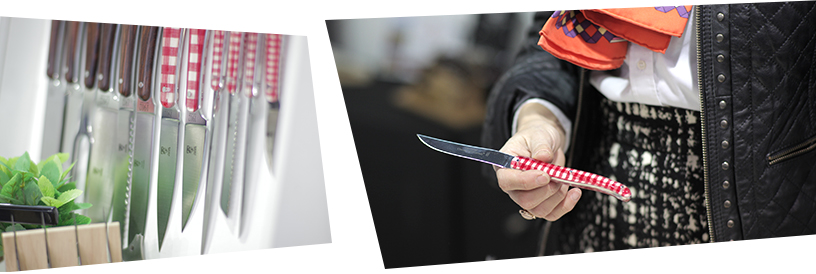
Savoir vivre
Whereas the traditional pocket knife has its niche in the picnic basket or rucksack, cutlery services in the typical Laguiole design are now all the rage. We were delighted by the salad and carving sets made by Laguiole en Aubrac. One-piece bread knives and sommelier sets also displayed the obligatory bee. What we found particularly eye-catching about the current collections was the amount of colour. For instance, there are delicately curved Laguiole steak knives with finely serrated stainless steel blades that now come in rainbow hues. “The red-and-white-check bistro style is also popular”, says Claudine Dozorme. Small production runs, handcrafted items and ultimate precision are the cornerstone of Laguiole – complemented by modern and bold designs for pocket knives and one-piece products. From the old shepherd’s ‘survival’ knife, a superior savoir-vivre object has now been created. One that will never go out of fashion as it responds seamlessly to changing trends. One that satisfies our design for originality, authentic handcrafted excellence and unspoilt natural beauty. Simply, a good knife.
